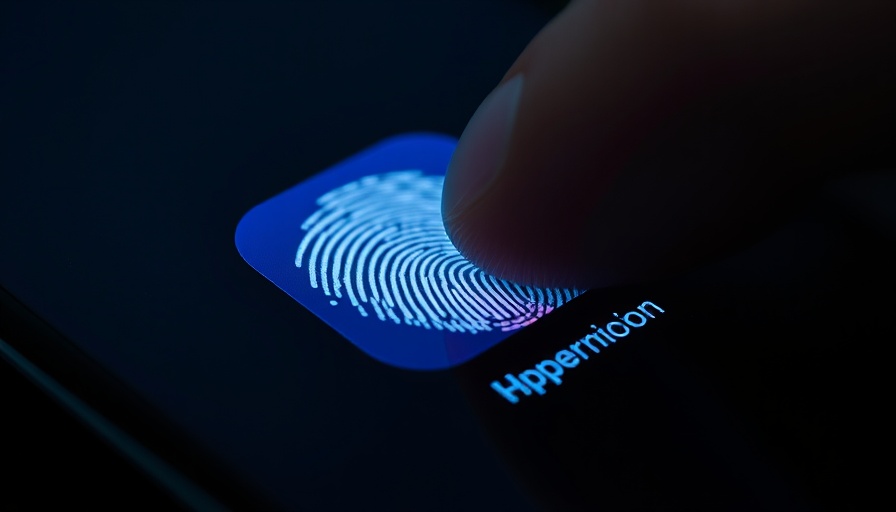
Understanding the Canvas Feature in ChatGPT
In an age where efficiency and productivity define success, ChatGPT's Canvas emerges as a revolutionary tool for power users. Unveiled by OpenAI last October, Canvas is designed to streamline collaboration on writing and coding tasks, making the interaction with AI not just faster, but significantly more effective. This feature is integral for those who leverage ChatGPT as a co-editor, enhancing tasks that require precision and clarity.
A Game-Changer for Collaboration
What sets Canvas apart is its dedicated interface that transforms the way users interact with ChatGPT. Instead of the traditional chat format where new inputs can easily overshadow previous messages, Canvas introduces a side-by-side view. This allows users to see the original text alongside edited versions, a layout that significantly enhances clarity when making revisions. Imagine rewriting a cover letter: with Canvas, you can assess changes instantly, ensuring that the document evolves into its best form without losing track of earlier iterations.
Unpacking the Operational Flexibility
Accessing Canvas in ChatGPT is remarkably intuitive. Users can activate the tool through a simple selection from the toolbox or by typing '/canvas' in their prompt. Once activated, the interface automatically organizes your input and the AI's output, maintaining a streamlined workflow. So, if you inquire about amendments to your work, the alterations are visible in real-time, giving you a powerful edge in managing your creative process.
Enhanced Functionality for Coders and Writers
For users who integrate coding into their workflows, the arrival of Canvas alongside OpenAI’s improved coding model, o1, is crucial. This combo broadens the utility of ChatGPT further, as programmers harness AI to assist in debugging and code refinement while visually tracking changes. Being able to promptly refer back to the original version of a code snippet while modifying it positions Canvas as an essential ally for those immersed in tech development.
Future Implications and Trends
As AI tools evolve, the incorporation of features like Canvas suggests a future where collaborative AI is integral to various professional domains. This could point towards broader implications for businesses looking to enhance output and maintain high-quality standards across different fields. Power users should consider adopting similar frameworks to optimize their workflows, whether in writing, coding, or project management.
Conclusion: Harnessing AI for Enhanced Productivity
The advent of the Canvas tool signifies a pivotal moment in AI-assisted productivity, particularly for executives and decision-makers. By offering a more dynamic way to engage with text and code, Canvas not only improves the editing process but it also empowers users to leverage AI as a more collaborative partner in their professional tasks. Adapting to such innovative tools can drive efficiency and enhance performance across industries, offering tangible benefits that cannot be overlooked.
 Add Row
Add Row  Add
Add 




Write A Comment